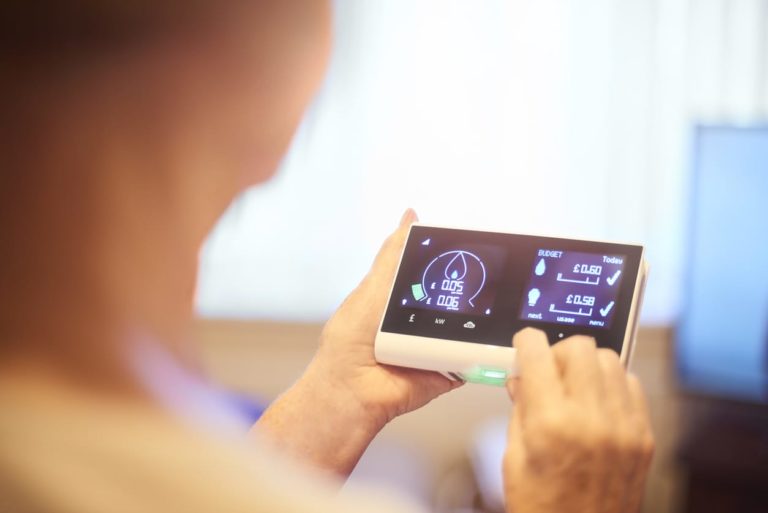Smart cameras take the traditional security camera concept and turn the dial up to eleven. These cameras connect to Wi-Fi or cellular networks, allowing them to be viewed and controlled remotely using a smartphone app. Many can also store footage on the cloud, eliminating the need for a potentially complicated on-site storage setup.
There are a lot of options in this space. Choosing one starts with knowing whether you want indoor or outdoor cameras. The main difference is construction: Outdoor cameras need to survive the elements, which usually means they are bulkier and made from tougher materials like metal. Indoor cameras can be smaller and more discreet, because they aren’t as likely to get beaten up or tampered with.
In either case, features you’ll want to look for include high resolution, a wide field of view, motion detection, and audio recording. Normally we would include Wi-Fi connectivity as an essential feature, but because we’re talking about smart cameras, Wi-Fi is a given.
Some recommendations for great indoor cameras are the Nest Cam and Vimtag P1. For outdoor cameras, check out the Amcrest UltraHD Dome and the ZOSI C190. Any of these options will serve you well.





